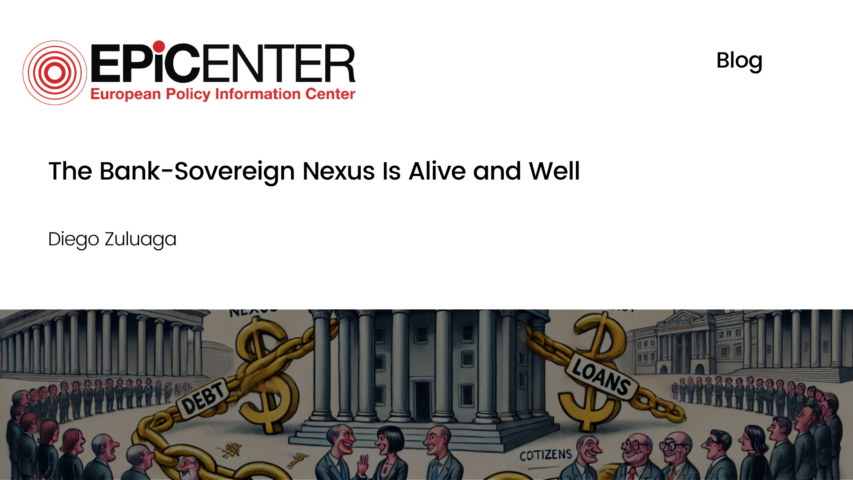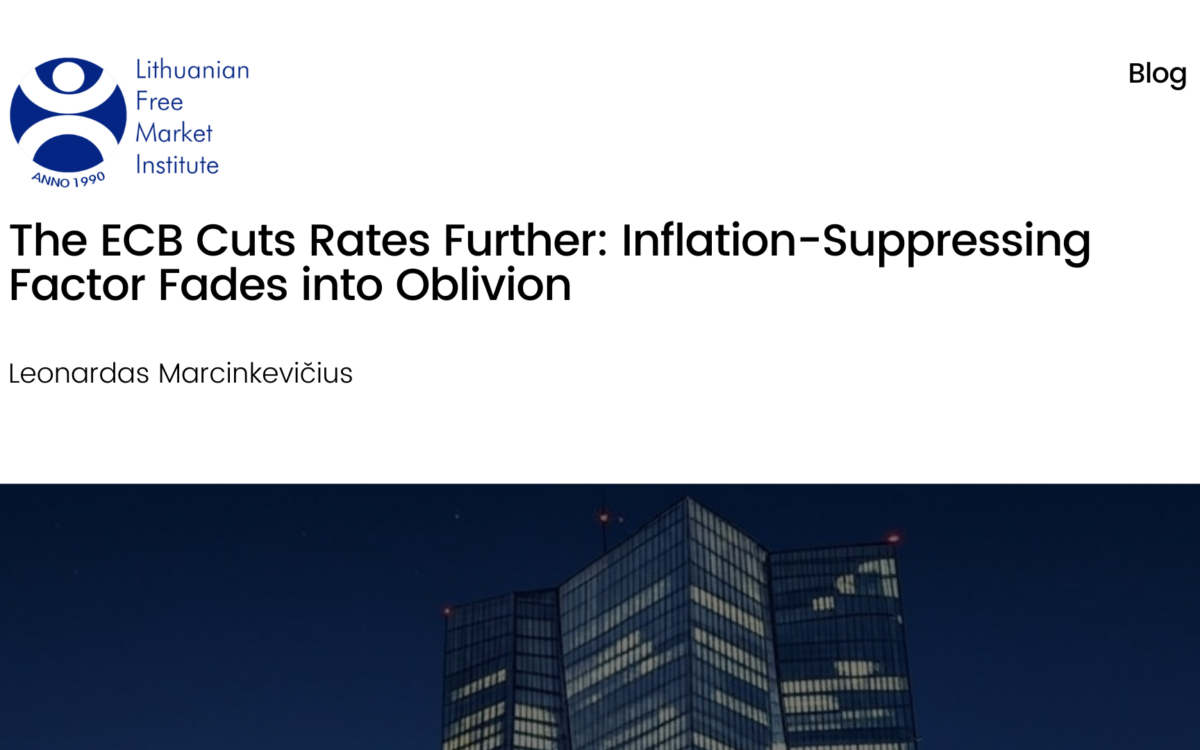The Bank-Sovereign Nexus Is Alive and Well

The Bank-Sovereign Nexus Is Alive and Well
Diego Zuluaga // 16.02.2016
One of the main objectives of post-crisis financial regulation has been the severing of the nexus between large banks and national sovereigns, such that private losses do not lead to taxpayer bailouts. That is the goal of the Banking Union, which the EU has been labouring to set up since the dark days of the sovereign debt crises in 2011/12. The Banking Union has ushered in a Single Supervisory Mechanism that entrusts the European Central Bank with oversight of Europe’s largest banks. It has also led to a Single Resolution Board that will manage the orderly restructuring of failing banks, and a Single Resolution Fund to cover the costs of winding down insolvent institutions without needing to resort to taxpayer money.
The European Commission now hopes to complement these new mechanisms with a Eurozone-wide deposit guarantee scheme (dubbed EDIS) which will gradually take over from similar national schemes. As I explained back in November, EDIS – like the rest of the Banking Union architecture – is now presented as an unavoidable necessity arising from monetary union. But the truth is that, had the no-bailout clause that was part and parcel of EMU been respected, there would have been no need for the kind of mutualisation of risks and centralisation of supervision which we are now witnessing. Indeed, even while accepting the need for Banking Union given the implicit bank-sovereign nexus and the breach of the no-bailout principle, the necessity of a single deposit insurance system is questionable.
However, the issue I want to address here is whether, more than seven years since the onset of the financial crisis, the goals of the Banking Union – to restore confidence in the banking sector and to ensure no public funds are again used to rescue failing lenders – have been achieved.
Regulators would say they have: in its end-of-year risk assessment on the health of European banks, the European Banking Authority showed what, prima facie, is a starkly improved picture of the strength of bank balance sheets. Ratios of core capital to risk-weighted assets, a common measure of vulnerability, have increased steadily since 2012, indicating that European banks have thicker buffers to weather potential shocks. The average CET1 ratio is now at 13.5 per cent, four times the minimum recommended by the Bank for International Settlements, a global regulatory trend-setter. Furthermore, this increase has happened even as loan activity and assets on bank balance sheets – the denominator in the ratio – grew.
It also transpires from the report that worries about banks’ exposure to sinking emerging markets in Latin America, Asia and Eastern Europe might be premature. Such exposure is limited to banks in a few countries – Spain for LatAm, Hungary and Austria for Eastern Europe, the UK for Asia – and it is as yet unclear how much of it are assets whose value might be significantly affected by the slowdown in China and the commodities rout elsewhere.
Yet, if banks’ health is better than it has been since 2008, why have investors been so jittery about certain financial stocks in recent days? A lot of it seems to have to do with the turbulence we have seen since the start of the year. Few people – and even fewer outsiders – know the true scale of the Chinese slowdown: how low growth will go, and how quickly. This is feeding into wider concerns about the health of other economies, from Australia and Japan to Brazil and Venezuela. And the ebb and flow of prospects for further interest rate hikes by the Fed this year and next is also playing a role: we are now in the paradoxical situation where bearish statements by Janet Yellen trigger market bullishness, and vice versa.
However, I would argue that instability is also driven by factors that are specific to European banks. The first is uncertainty about the impact of new regulations. There are widespread concerns that capital requirements, stricter trading rules and other post-crisis interventions will make it more difficult for banks to operate profitably, but the long-term impact on their bottom line is difficult to quantify. On the other hand, the tools devised by regulators to shore up banks’ balance sheets in times of stress are as yet untested. Hence the market gyrations around contingent convertible (so-called CoCo) bonds, designed to convert into equity or be written off if the issuing bank’s capital falls below a given threshold.
The second factor is the long-term viability of the big banks’ business models. In an environment where regulators are squeezing universal banks’ profitability, while technology is enabling smaller and nimbler players to increasingly contest the incumbents’ bread-and-butter markets, how much can the big institutions bear? Add in uncertainty about both future regulations – such as the ban on proprietary trading envisaged in proposals for structural banking reform – and the potential for non-bank entities such as Apple and Google to enter the banking business, and the landscape looks challenging indeed.
The takeaway is that, despite cheers about the Eurozone recovery and the success of the Banking Union, markets still doubt the strength of the European banking sector and the effectiveness of new regulation. We will only be able to judge the latter as and when the next great financial panic takes place, but in the absence of such evidence, we should not rush to celebrate the end of taxpayer-funded bailouts.
EPICENTER publications and contributions from our member think tanks are designed to promote the discussion of economic issues and the role of markets in solving economic and social problems. As with all EPICENTER publications, the views expressed here are those of the author and not EPICENTER or its member think tanks (which have no corporate view).



